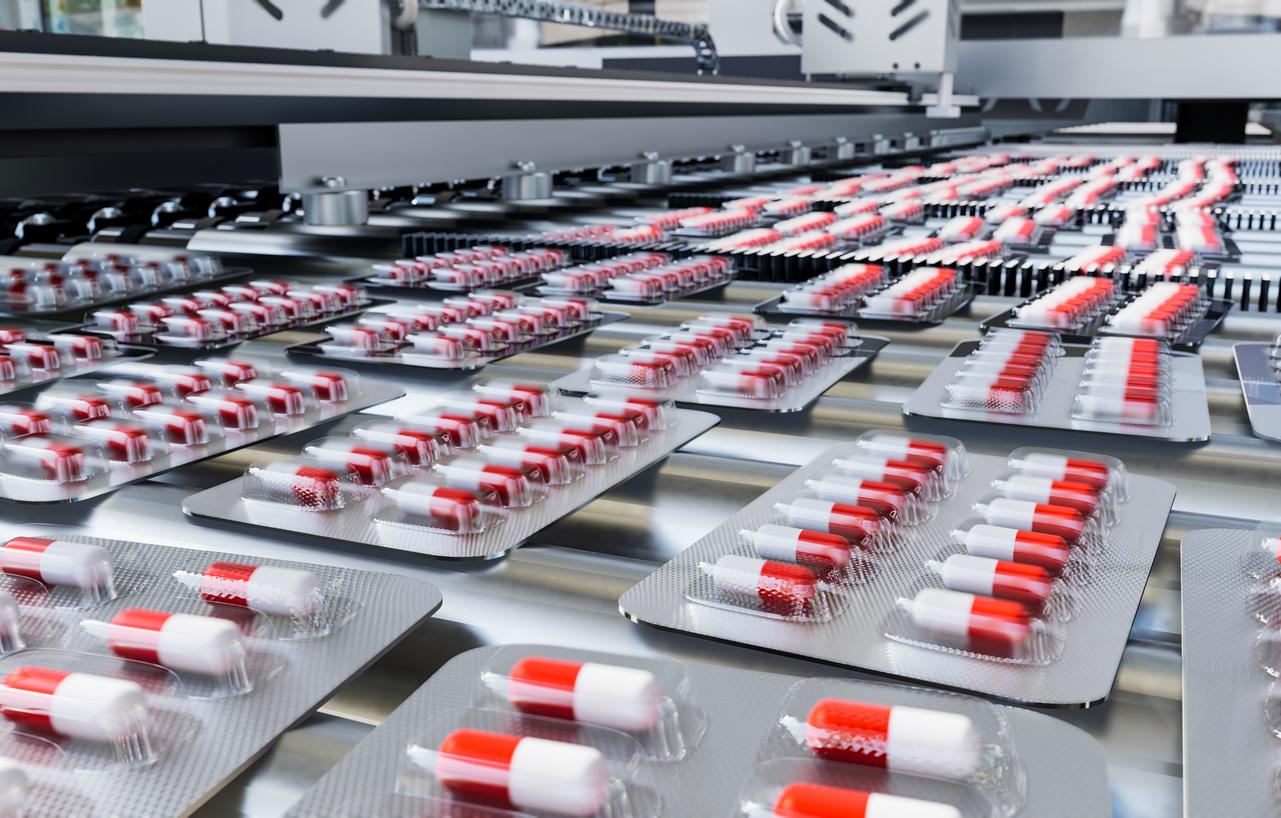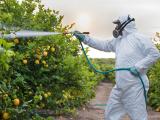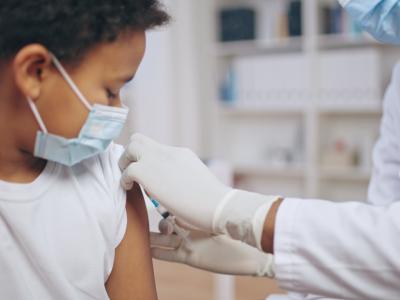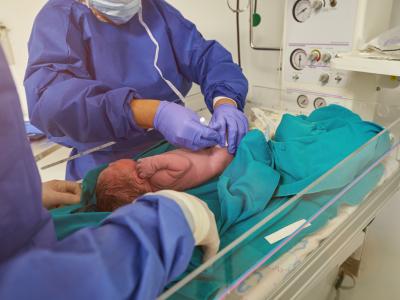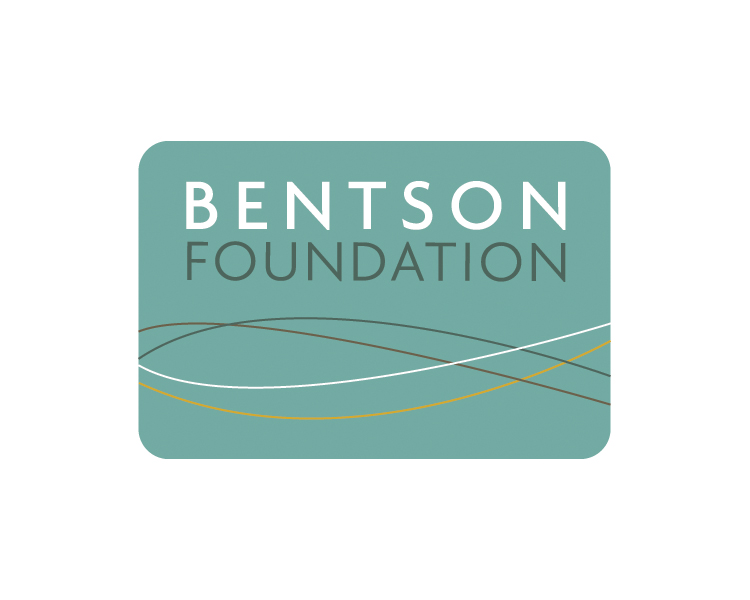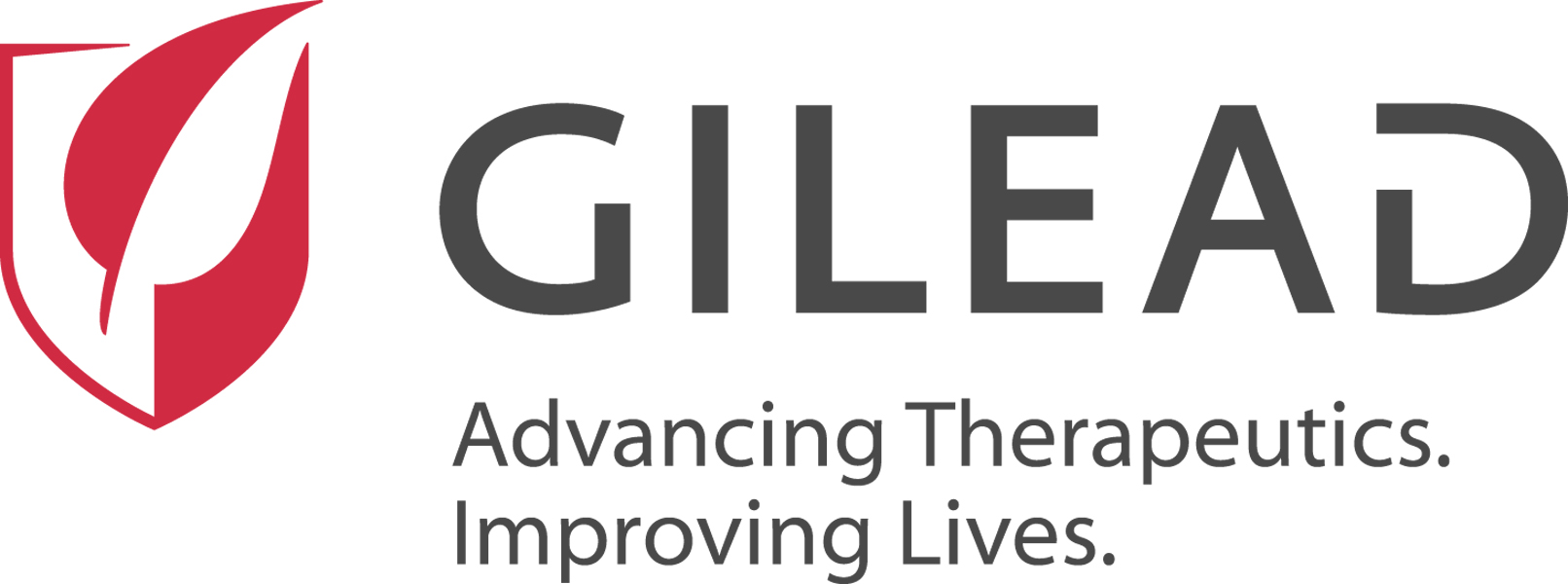A new analysis by researchers at Johns Hopkins University shows the United States has become increasingly reliant on other countries for antibiotics over the past 30-plus years.
The study, published late last week in JAMA Health Forum, found that annual importation of antibiotics increased approximately 26-fold from 1992 through 2024. One of the countries that has emerged as a major supplier is India, which has accounted for nearly one third of finished antibiotics imported to the United States since 2020. But of even greater concern is that China provides US domestic drug manufacturers with more than 60% of the active pharmaceutical ingredients (APIs) needed to make the finished product.
The authors of the study say the findings suggest the United States, which already faces persistent drug shortages and is no longer able to domestically produce key antibiotics such as penicillin and doxycycline, is becoming overdependent on other countries for its antibiotic supply and highly vulnerable to supply chain disruptions that could affect public health.
Source of imported antibiotics has shifted
The authors said the aim of their analysis was to provide some clarity on the sources of antibiotics sold in the United States, which have grown as US antibiotic production has waned.
"Antibiotics are essential medicines for clinical practice, emergency preparedness, and national security, making it imperative to understand the origins of the antibiotic supply to safeguard, promote, and improve health in the US," they wrote. But tracing where antibiotics come from is difficult, because most antibiotics are generic and can be made by multiple manufacturers. And even when a manufacturer is identified, the source of the API—the source of the drug's therapeutic effect—isn't always clear.
For the study, the researchers examined data from USA Trade Online, a platform that tracks monthly US imports of all commodities collected by US Customs and Border Protection. They extracted importation records for antibiotic finished dosage forms (FDFs)—ie, the finished drug product—and APIs from 1992 through 2024, looking at the originating country, imported volume in metric tons, and the imported cost in US dollars. Antibiotics primarily used for veterinary purposes were excluded.
The final sample included 50 FDF-originating countries and 52 API-originating countries. Over the 33-year study period, the annual volume of antibiotic FDF imports rose by 2,595%, while annual API imports remained relatively stable. Although annual spending on antibiotic FDF imports increased $1.5 billion, to $4.1 billion, annual spending on API imports progressively declined, and inflation-adjusted average importation prices declined significantly for both FDFs and APIs.
Antibiotics are essential medicines for clinical practice, emergency preparedness, and national security, making it imperative to understand the origins of the antibiotic supply to safeguard, promote, and improve health in the US.
For antibiotic FDFs, the top five importing countries from 2020 through 2024 were India (31.9% of the total imported volume), Italy (13.4%), Jordan (9%), Switzerland (8.5%), and Canada (7.7%). For antibiotic APIs, the top five importers were China (62.6% of the total imported volume), Bulgaria (16.1%), Spain (3.2%), Mexico (3.1%), and Israel (3.0%).
API importing shifted significantly over the study period, with Europe accounting for 75% of API imports in 1992 and Asia accounting for 75% in 2024. China alone accounted for 70.1% of API imports in 2024.
The analysis also found that FDF importation has become less concentrated over time, suggesting increasing competition, a finding the authors suggest reflects decades of incentives for pharmaceutical production in those countries. But API importation has become highly concentrated since 2008, with China dominating the space through a combination of government subsidies, lower labor costs, and less environmental regulation.
Too much reliance on Chinese APIs
And that's a problem, the authors say.
"To the extent that domestic FDF manufacturers rely on imported APIs for their antibiotic production, the study's findings suggest that the US domestic antibiotic FDF industry relies heavily on Chinese APIs," they wrote. "Interruptions in Chinese exports due to geopolitical tensions, trade wars, manufacturing quality issues, or others could therefore substantially impact US domestic antibiotic production."
And though the sources of imported antibiotic FDFs are more diverse, the authors note that could be an additional problem if those countries are also relying on China for antibiotic APIs.
They conclude that future efforts to enhance US antibiotic supply resilience should examine upstream supply chains used by FDF-originating countries, the scale and adequacy of US antibiotic production (which was not assessed in this study), and how domestic production and prices compare with those of antibiotic imports. Tariffs might also play a role, though they would have to be considered carefully because they could increase prices and exacerbate drug shortages.
"Expanding domestic manufacturing capacity (onshoring) and diversifying antibiotic supply chains through expanding sourcing from allied countries (friendshoring) are critical steps that depend on a detailed understanding of antibiotic supply chains and global sources," they wrote. "Specific drugs of critical interest should warrant targeted supply chain analysis and tailored strategies."
